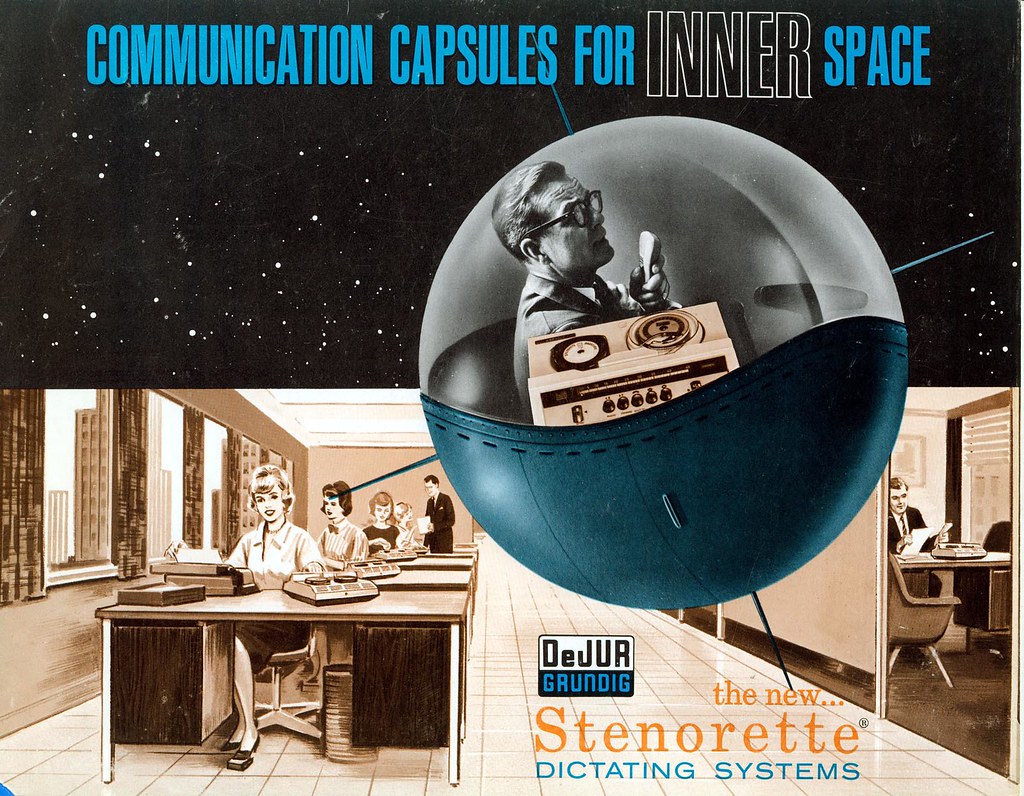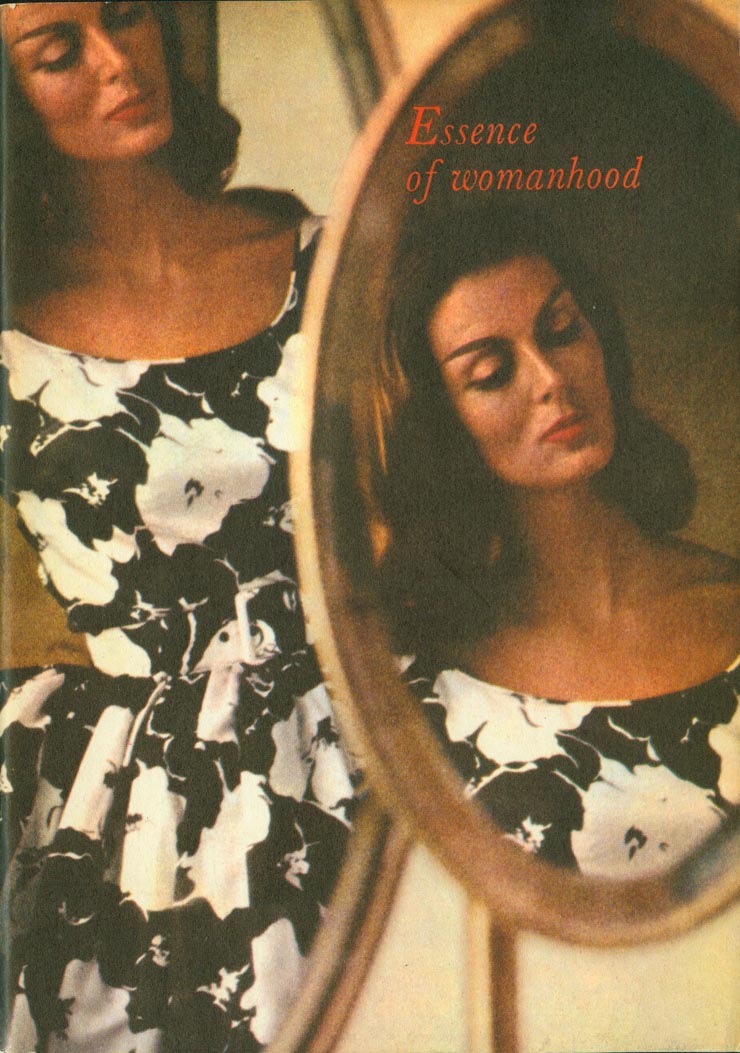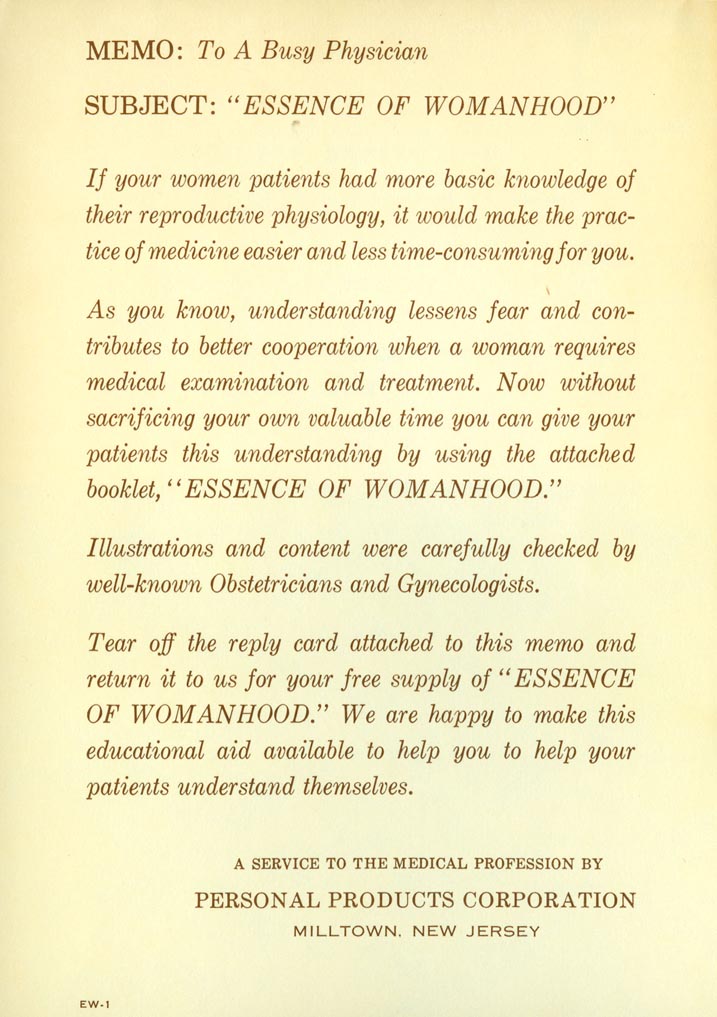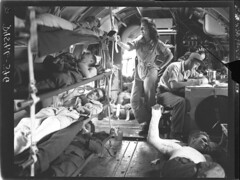Last month, without us knowing it,
Boing-Boing ran a bit about our Flickr sites (links in sidebar). This is what happened to traffic on the 3 sites we have (after we fill the free 200 pictures, we start a new one). This was all a surprise to us because we can't access BoingBoing either.
1/18/2008: 14,386 views, accounts 1 & 2 combined for the previous year and a half.
1/25/2008:At about 3:30 pm:
1: 18,435 views
2: 5,442 views
3: about 660
-------------
24,537
At 4 pm:
1: 18,896
2: 5,705 - 3 minutes later - 5731
3: 930
-------------
25,557
4:11 pm:
1: 19,030
2: 5,877
6:00 pm:
1: 20,476
2: 6,731
3: 1,230
7:15 pm:
1: 21,231
2: 7,292
3: 1,379
1/26/200811:00 am:
1: 25,101
2: 9,752
3: 2,120
9:00 pm:
1: 26,905
2: 10,844
3: 2,439
1/27/2008Noon:
1: 28,686
2: 11,803
3: 2,738
1/28/20089:30 am:
1: 30,589
2: 12,706
3: 3,045
---------
46,340
2/6/2008: 56,232 combined views
Midday, Bill Koslosky called me and
did a brief interview so I had a clue what was going on. We could tell that people were suddenly accessing the sites, but had no idea why.
Amazing, isn't it? They might have gotten our name wrong, but boy did they do some good linking for us. We're still putting pictures up daily, and waiting to hear back from Flickr about joining their Commons project so check out the links on the bar on the right.














